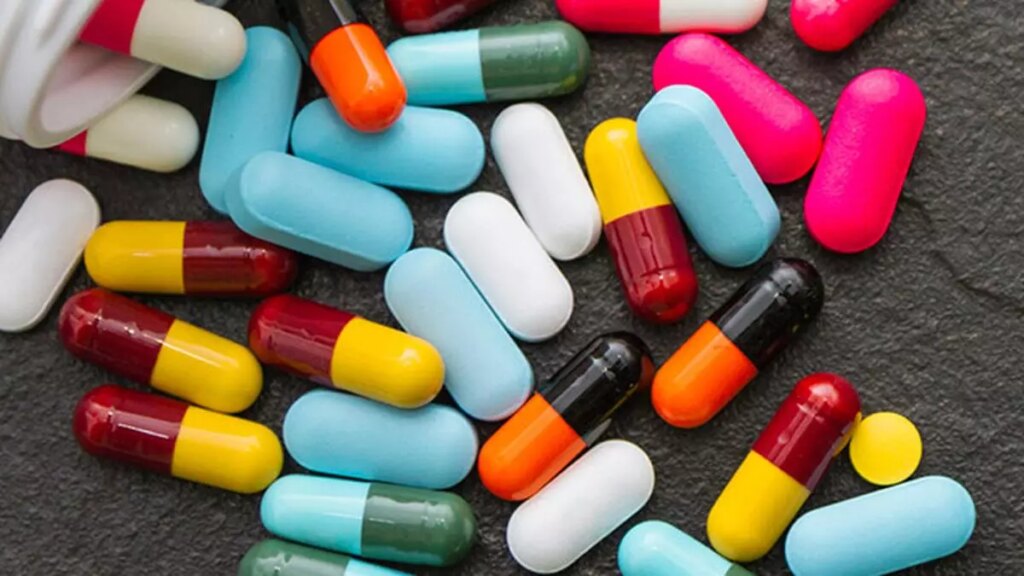More action needed against substandard, spurious drugs

Recently, the Central Drugs Standard Control Organisation (CDSCO) put out a list of over 50 medicines that were either found to be spurious or ‘not of standard quality’, raising a furore. The Centre is right in saying that such a list is put out every month (the latest pertains to August), and is an outcome of routine inspections conducted by the CDSCO.
But the revelations are too serious to be brushed aside as a ‘routine’ affair. States are supposed to submit similar lists; Kerala has done so in August, but not the other big pharma manufacturing States such as Telangana, Gujarat, Uttar Pradesh and Maharashtra. With a range of medicines being called out as substandard or fake over months or years, the government and industry must come up with an action plan. It is not kosher for the officials concerned to say that the NSQs in question are non-threatening to life. A medicine whose strength has been mislabelled or is less potent than claimed, can be debilitating. It is also very disconcerting that commonly used medicines such as paracetamol, pantaprazole, glimepiride or amoxycillin have been found to have serious quality issues.
To be fair, it may be premature to infer from these periodic findings that NSQs or even fake drugs are rampant. But the point here is that a ‘zero tolerance’ approach is an absolute must. According to the National Drug Survey (2014-16), in which over 47,000 samples were tested, NSQ drugs were estimated at 3.16 per cent and spurious at just 0.0245 per cent. Industry observers contend, after examining CDSCO and States’ NSQ submissions over the last four years, that the NSQs are at about 4 per cent of the samples collected. But if the latest submissions are any indicator, the proportion of spurious drugs could be higher than the Survey suggests. This is dangerous. Of the 53 defective drug samples, as many as eight are spurious (where the registered manufacturer is obviously not to blame). However, it is high time that both industry and government come together to deal with this menace.
Industry bodies should take the lead to protect the image of a sector that has at least 10,000 units and a market size of about $50 billion, growing in double digits. On the issue of NSQs, most identified cases are serious, as they pertain to product composition (assay), consistency (dissolution and disintegration), particulate matter or pH content. In such cases, recall should be swift and efficient. A circular issued on ‘good manufacturing practices’ in August describes the recall procedure as well as the law in this respect, but it is doubtful whether these provisions are implemented. The CDSCO list (and that of States) should provide details on sample size as well as the time and place of collection. Collecting samples from distributors’ warehouses months after they have left the factory cannot help in fixing supply chain issues. Finally, medicines are life and death matter. The industry needs the right dose of regulation and freedom.








